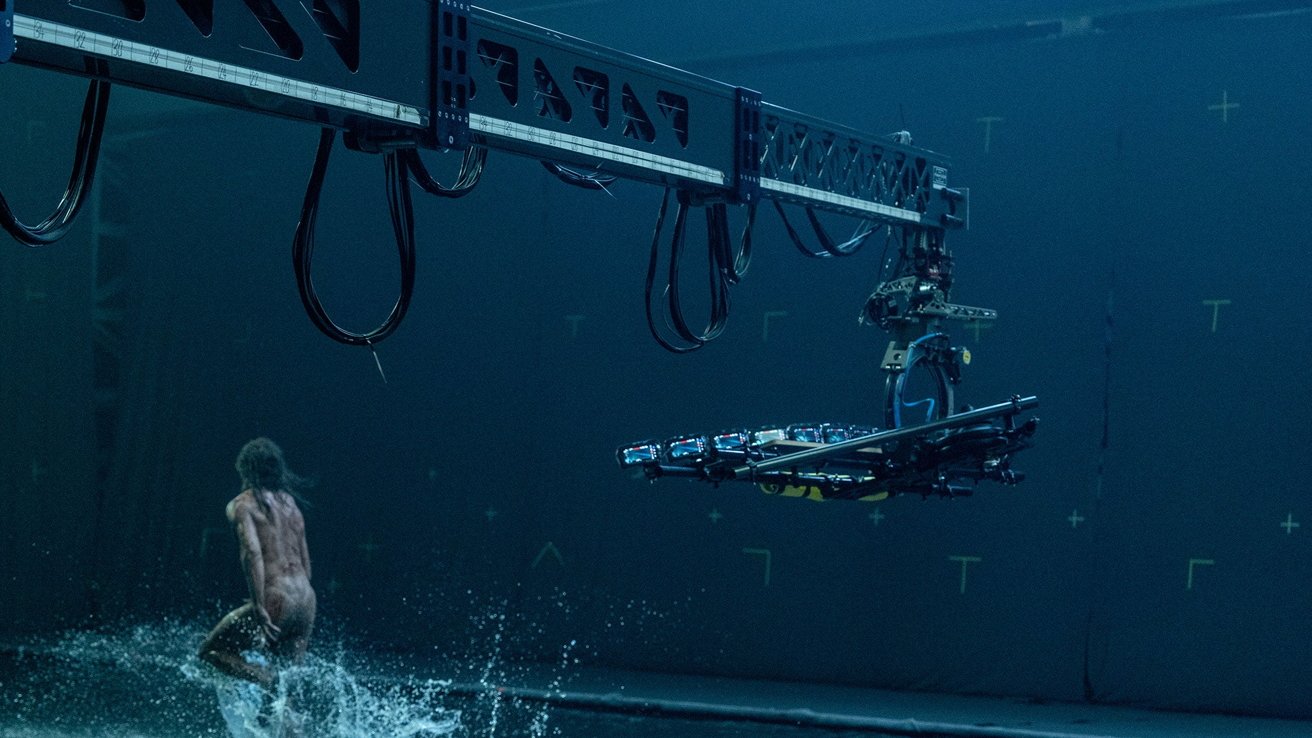A rig holding a number of iPhones | Picture Credit score: Sony

Apple’s iPhone has taken a chunk out of Hollywood horror, enjoying a key position within the visible storytelling of the brand new “28 Years Later” film.
For those who’re a fan of the zombie style, likelihood is you have in all probability seen the 2002 traditional “28 Days Later.” The movie was well-known for its appear and feel, and this was largely because of the truth that it had been filmed digitally.
And, that selection wasn’t finished on a whim. Director Danny Boyle and screenwriter Alex Garland have been conscious of the pervasiveness of digital camcorders — had an apocalypse occurred 23 years in the past, it most definitely would have been captured by considered one of these gadgets.
If a zombie rebellion would happen in say, the yr 2025, there is not any doubt that the occasion can be captured on smartphones. That is why the manufacturing group selected to shoot “28 Years Later” on iPhone — not less than partially.
And so they did not simply use one iPhone, both. Generally they used a rig geared up with eight iPhones, one other which used ten — and it did not cease there, both.
A 3rd rig used 20 iPhones for a single shot. Boyle informed IGN that he equated this to “mainly a poor man’s bullet time.”
“Wherever, it provides you 180 levels of imaginative and prescient of an motion, and within the modifying you’ll be able to choose any selection from it, both a standard one-camera perspective or make your method immediately round actuality, time-slicing the topic, leaping ahead or backward for emphasis,” he says.
“As it is a horror film, we use it for the violent scenes to emphasise their affect.”
Along with making the selection to shoot on iPhone, Boyle additionally has chosen to offer the movie a 2.76:1 widescreen facet ratio. A format this huge for normal theater screenings is an an uncommon selection, as this tends to be reserved for Imax or Extremely Panavision 70mm epics.
However the excessive widescreen lends a sure degree of unease to the movie that would not be doable in narrower codecs.
“We used a really widescreen format on this one,” Boyle tells IGN. “We thought we might profit from the unease that the primary movie created in regards to the pace and the rate, the visceral (facet) of the best way the contaminated have been depicted. “
“For those who’re on a widescreen format, they could possibly be wherever… you need to hold scanning, trying round for them, actually.”
“28 Years Later” will launch to theaters on June 20.

